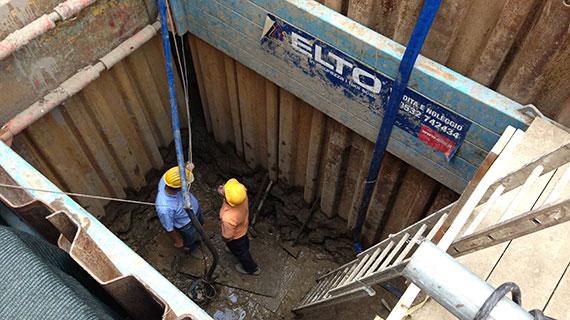According to The New Republic, when a team uncovers the oldest known temple in the Roman world, it’s a Big Deal (caps intended). For Colgate archaeologist Albert Ammerman to be part of the discovery is a Really Big Deal.
Read more about the excavation of the waterlogged Sant’Omobono site here. A story on NPR also touted Ammerman’s work.
Ammerman is a research professor in the Department of the Classics and has taught at Colgate. Last fall, he led the university’s Venice Study Group for the third time.
During the past 40 years, Ammerman’s research has taken him to Rome, Athens, Venice, and to islands in the eastern Mediterranean. His latest discovery has been particularly challenging because the temple lies below the water table.
Lucky for Ammerman, he has experience there, having been part of an international effort to save Venice from acqua alta, the flooding caused by wind and high tides, that submerges the city in the fall and winter.
“The excavation of the Temple of Fortuna at Sant’Omobono is a remarkable achievement,” said Ammerman. “It took a truly heroic effort on the part of the archaeologists to reach and document its early walls, which occur at a depth of eight feet below the water table of modern Rome.”

